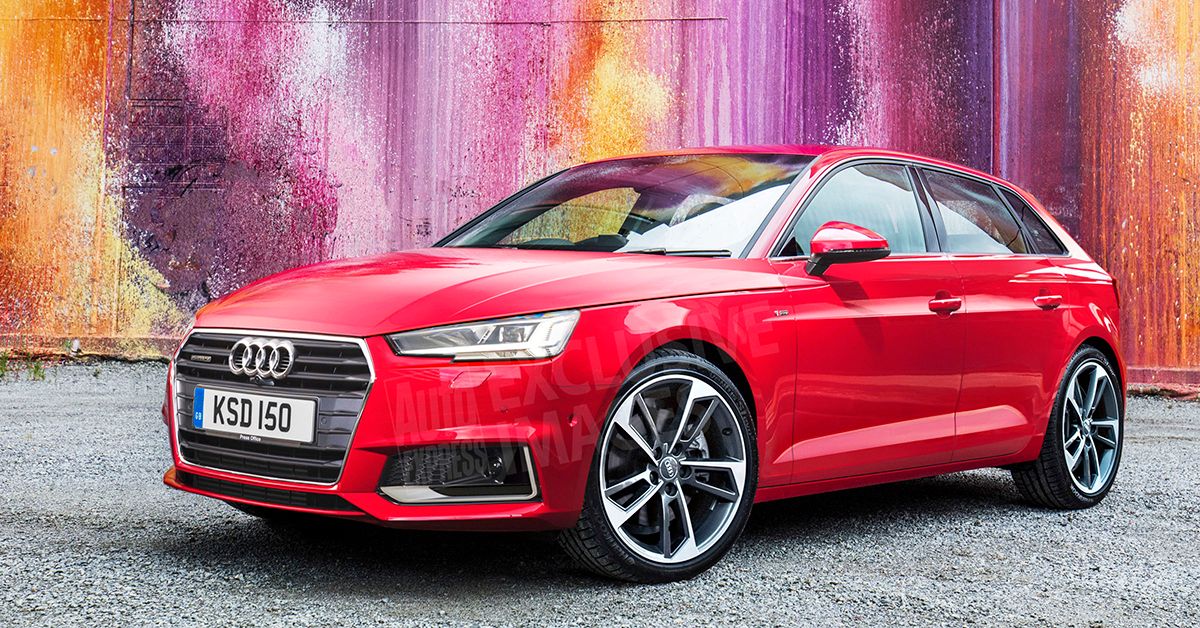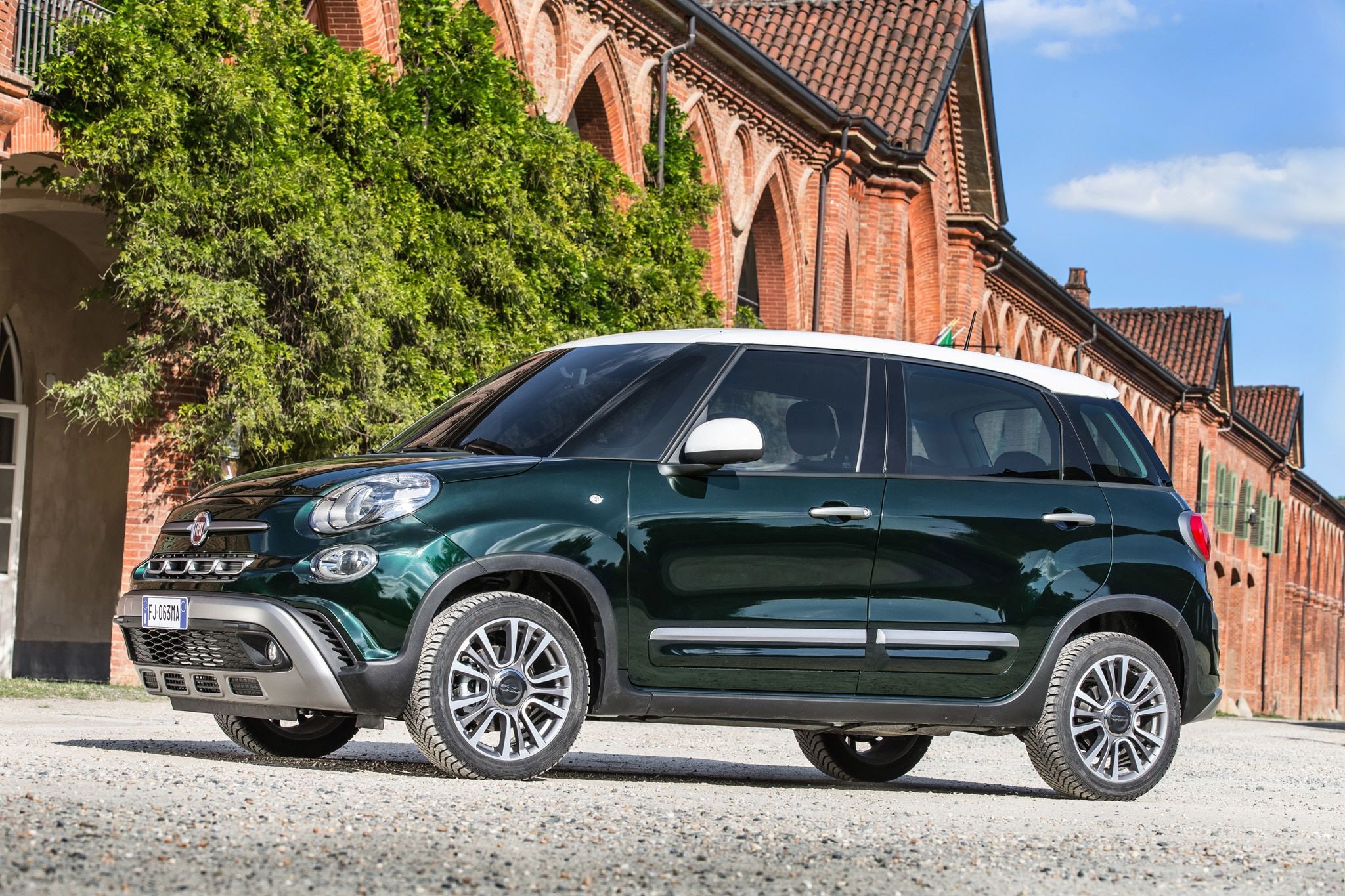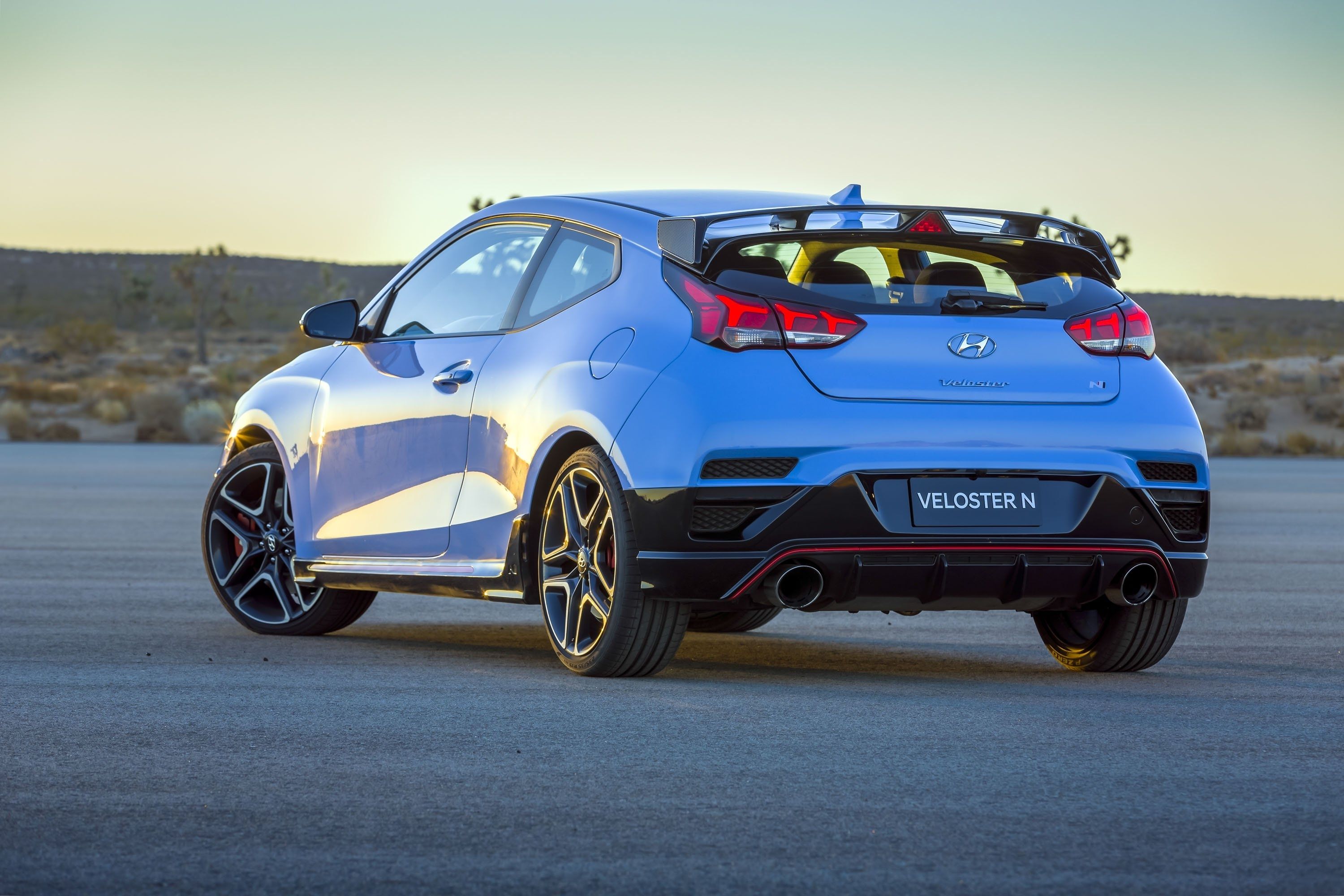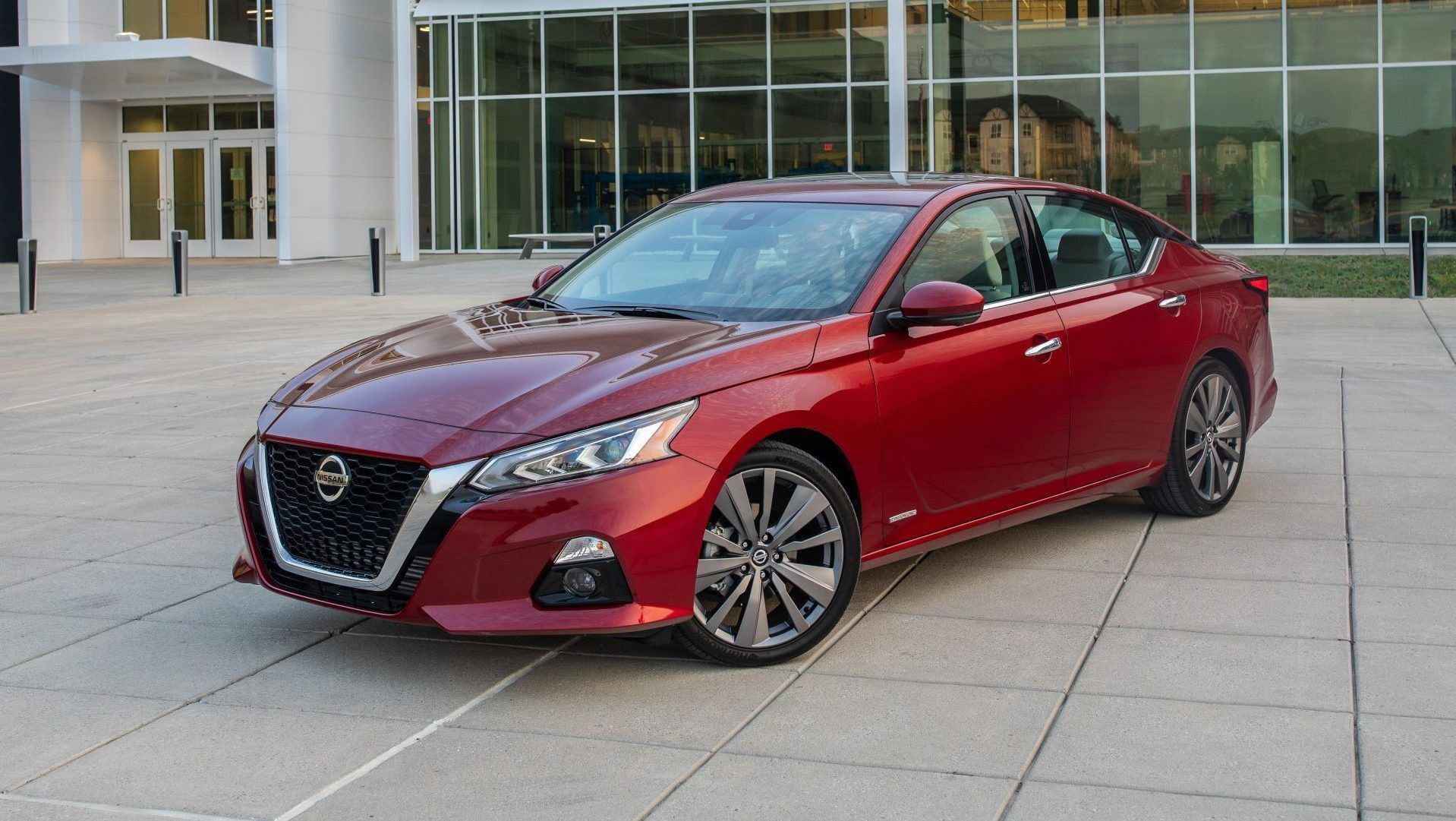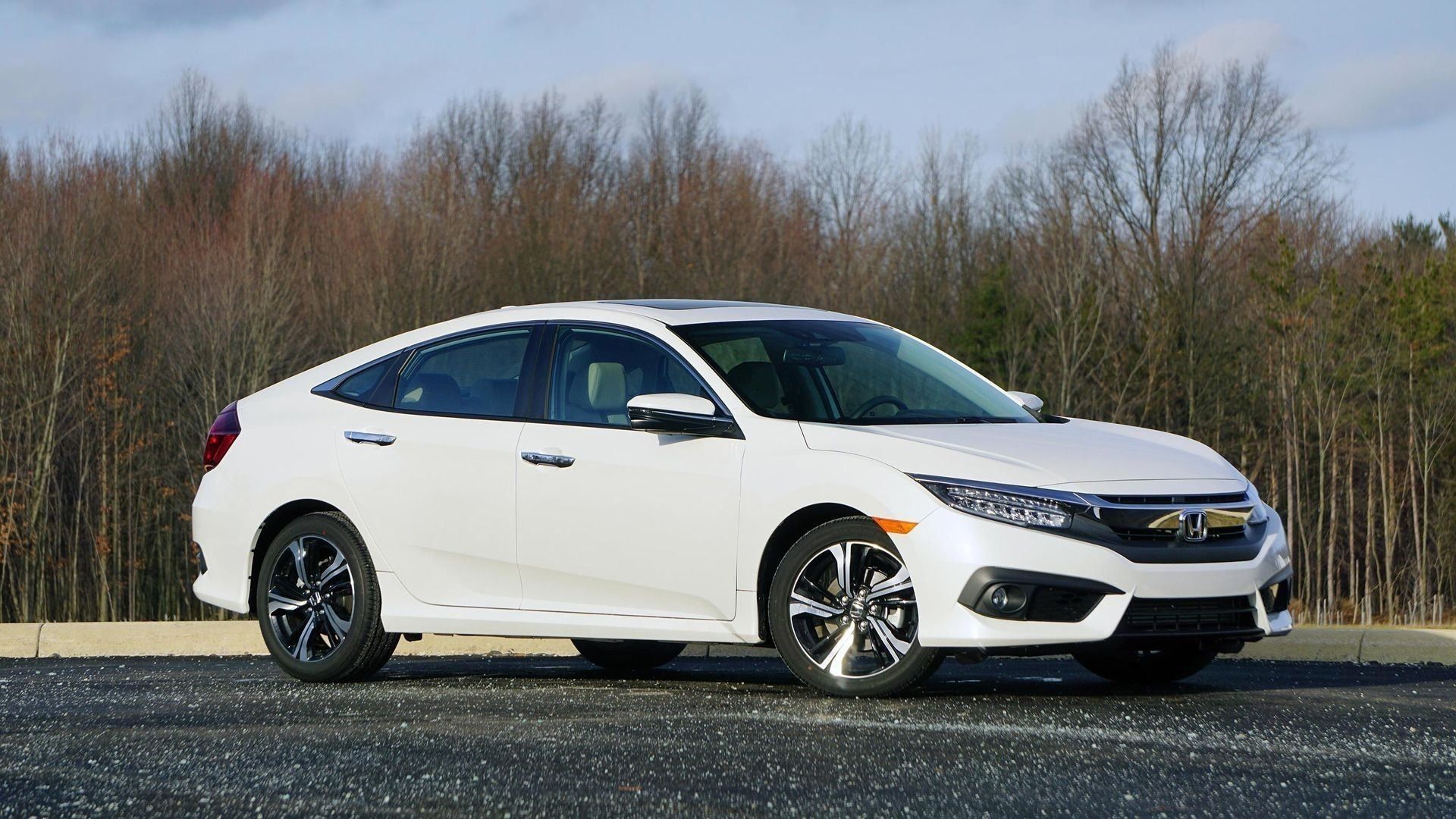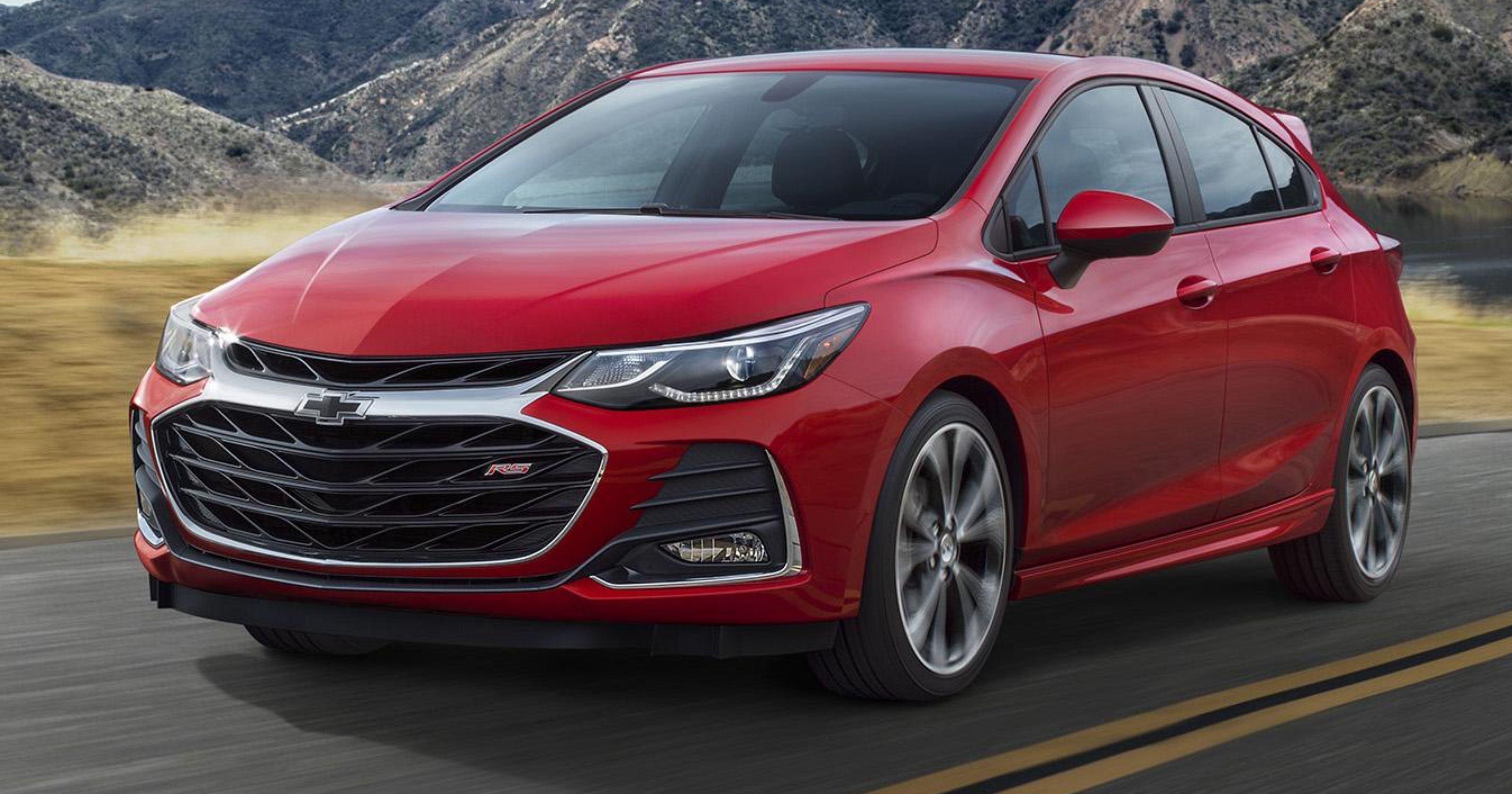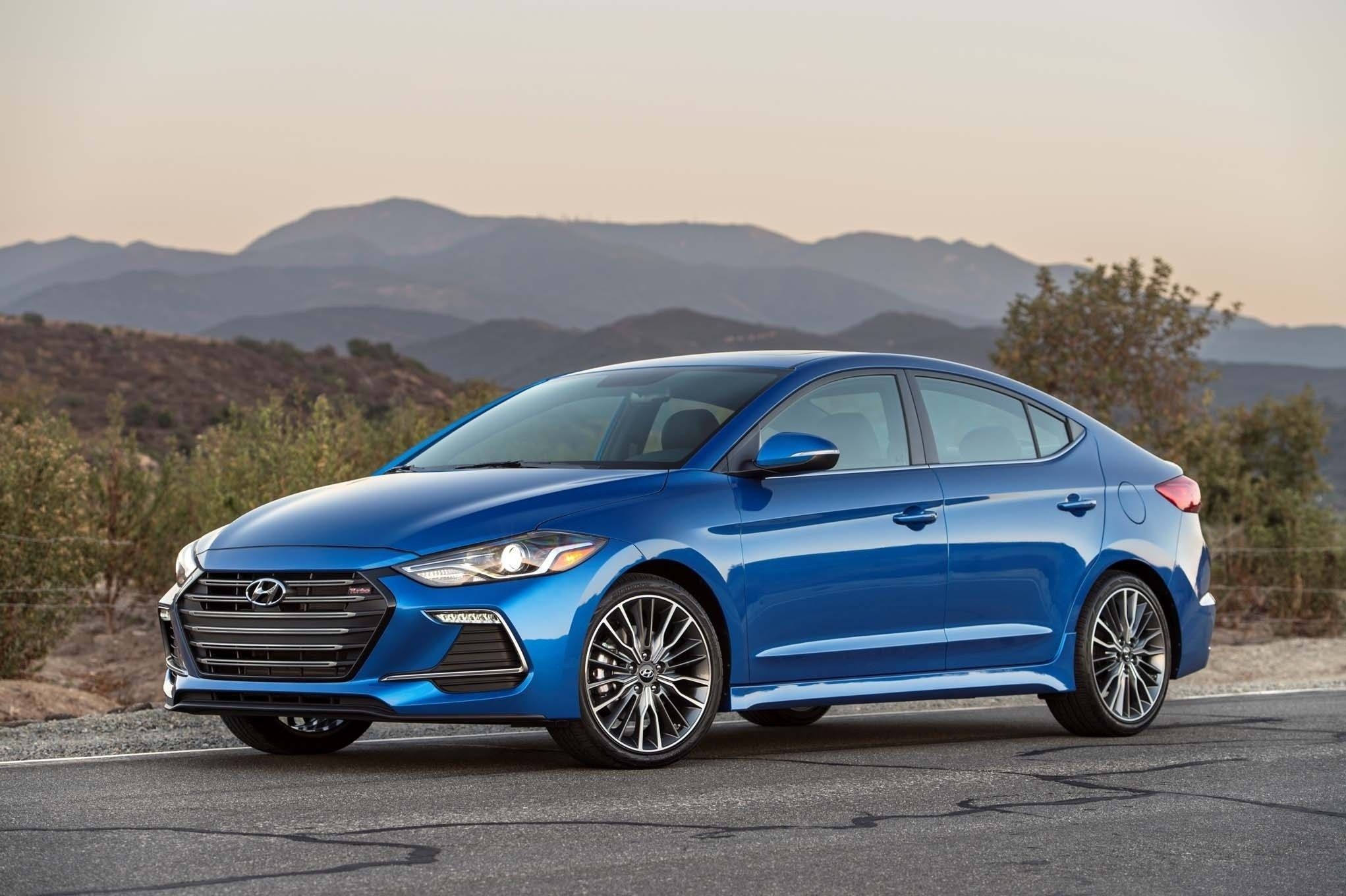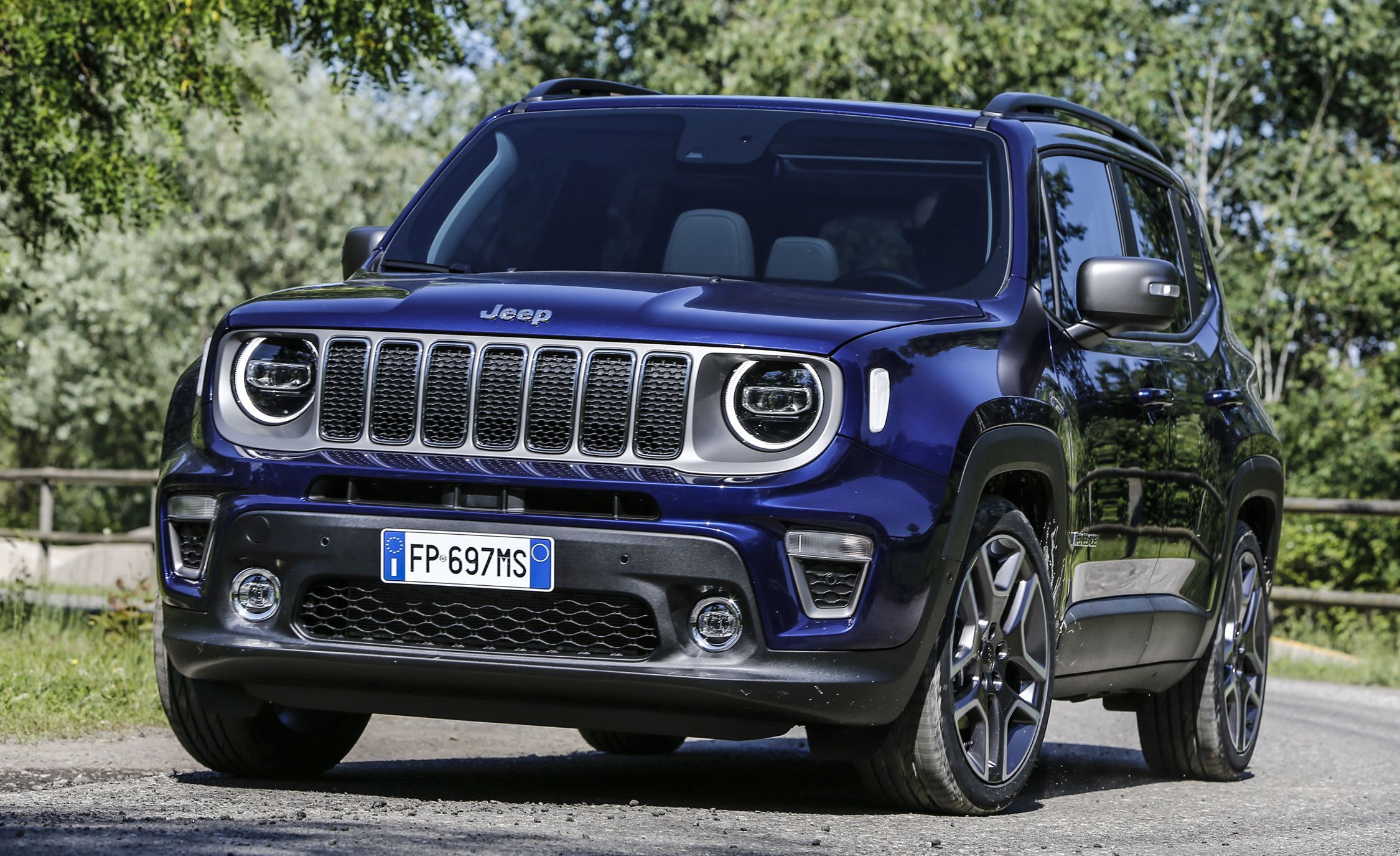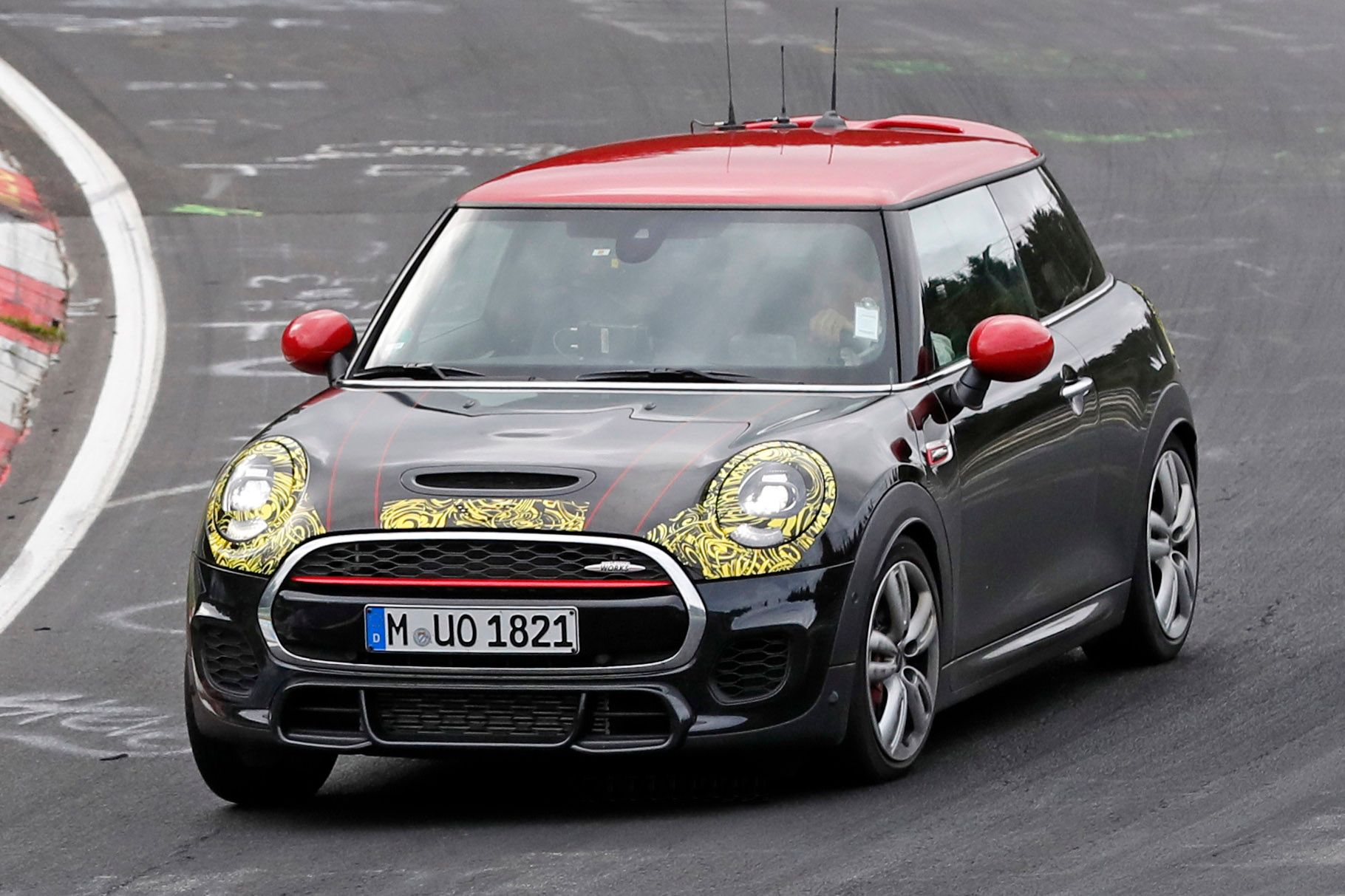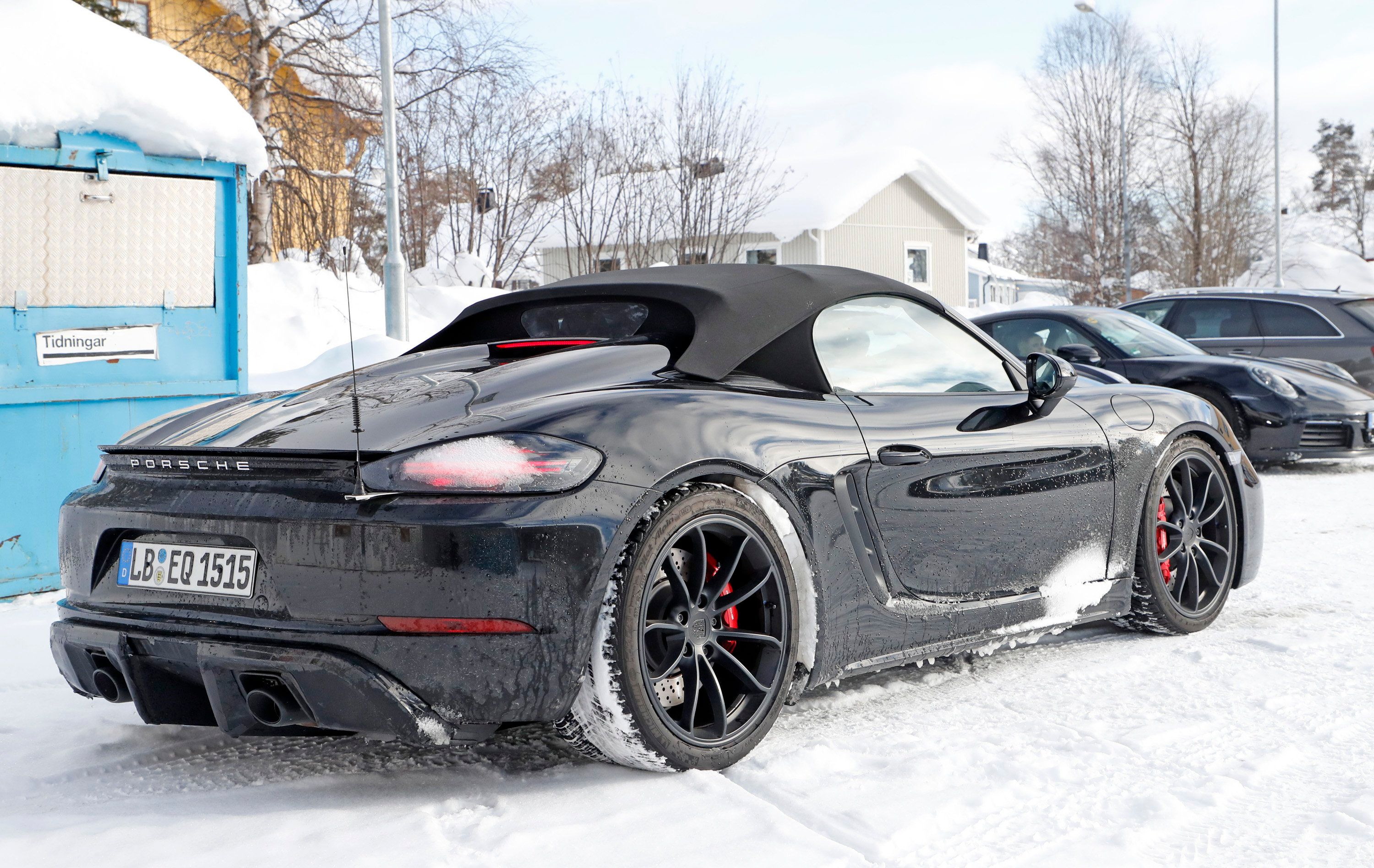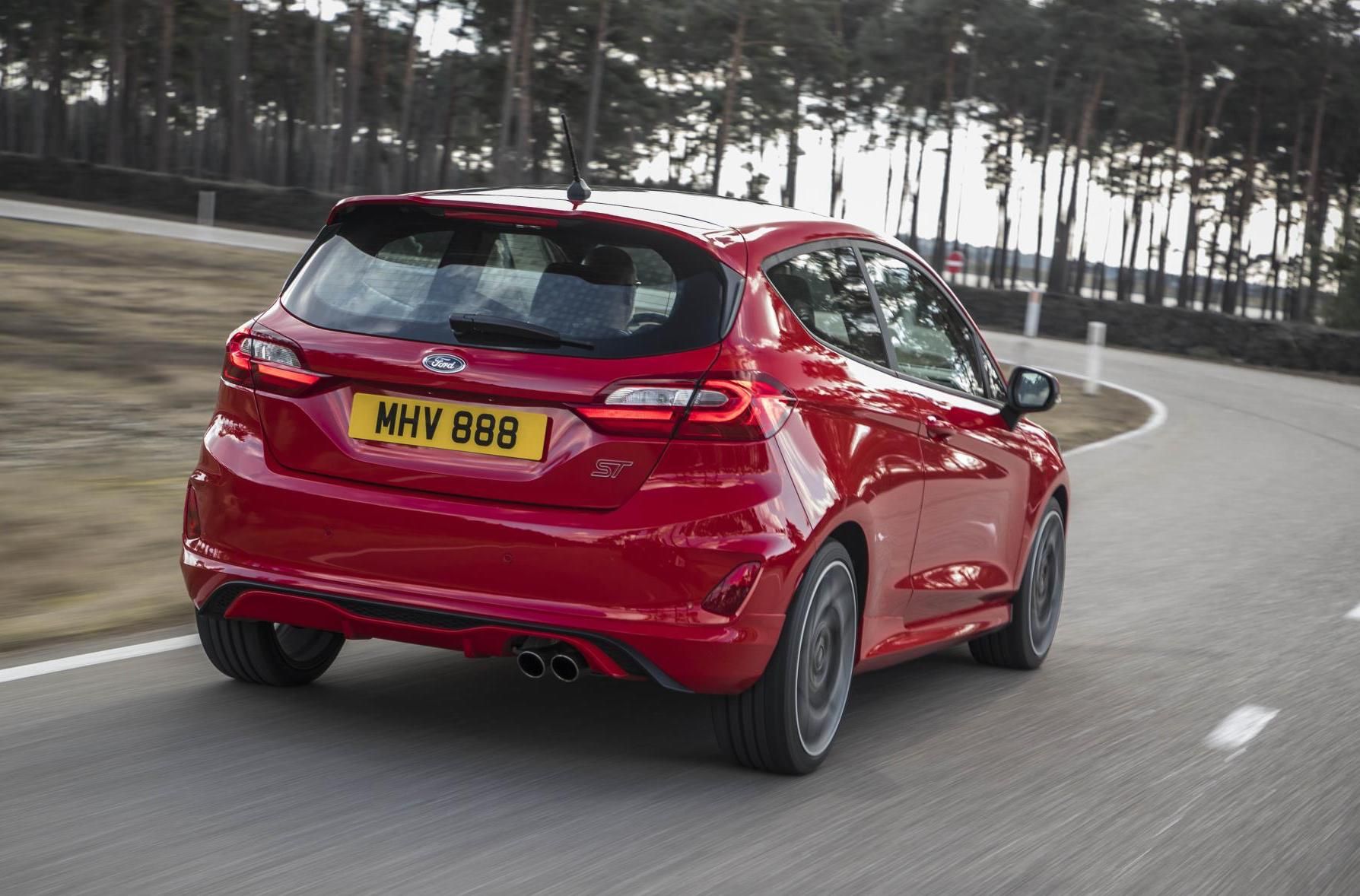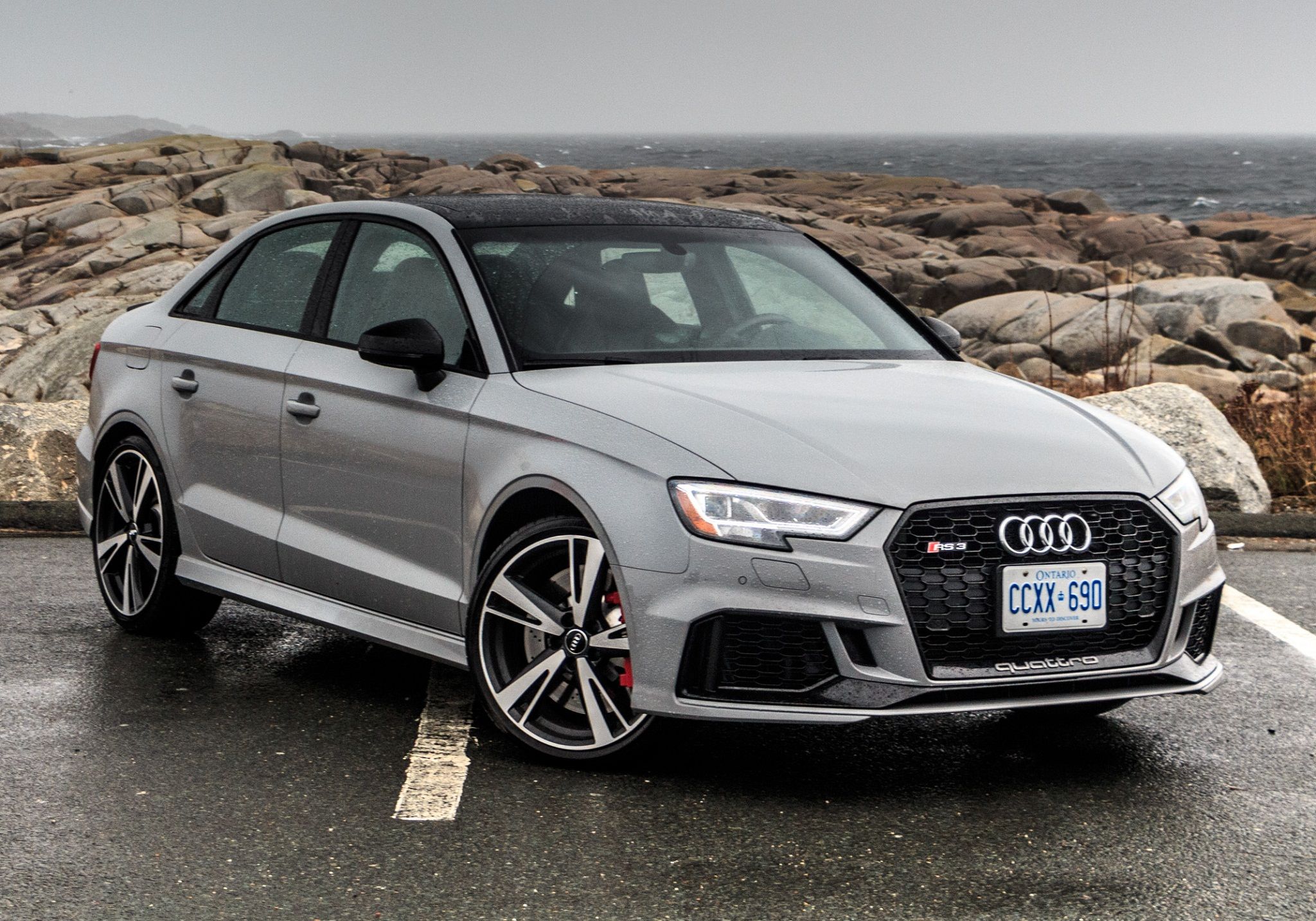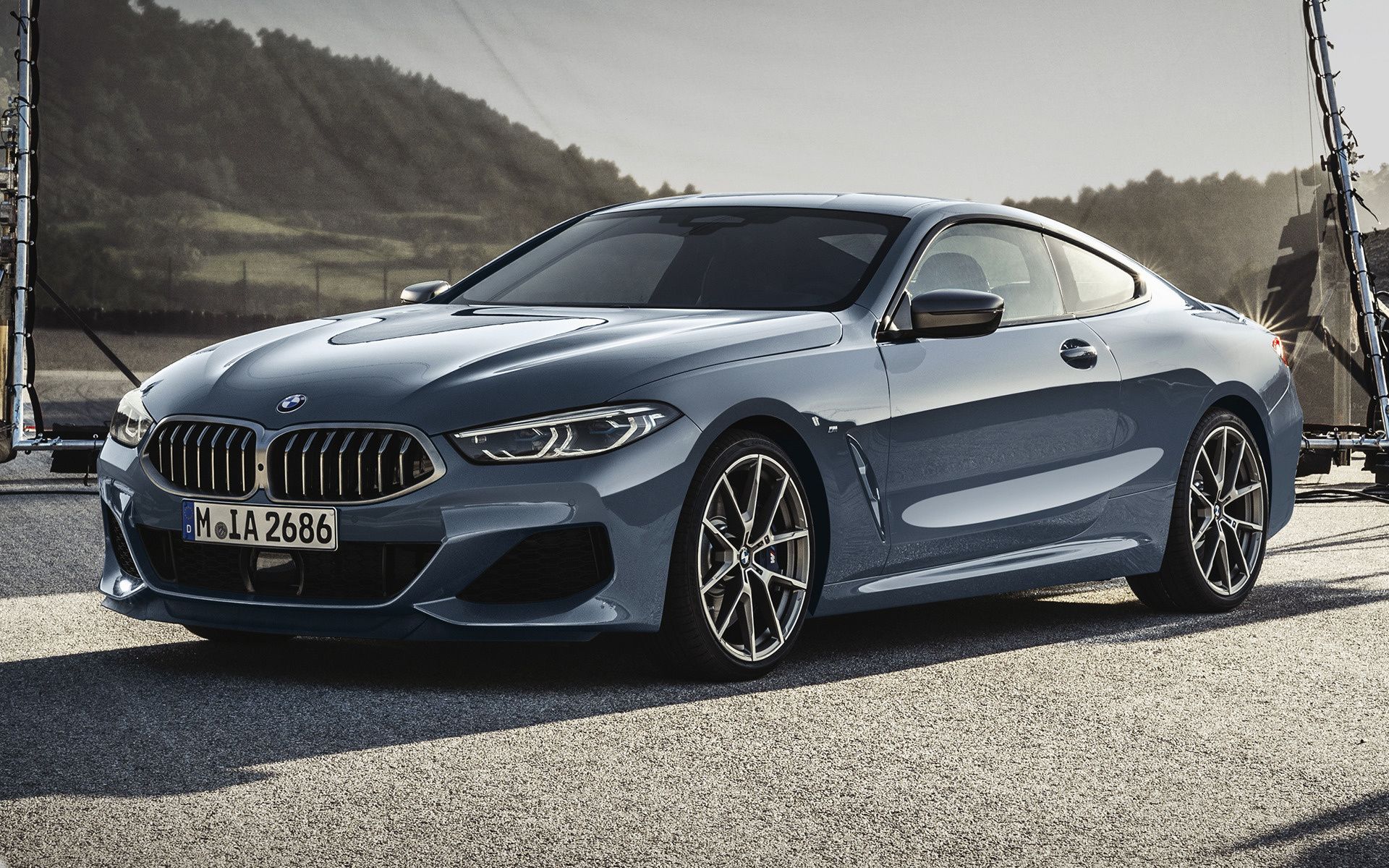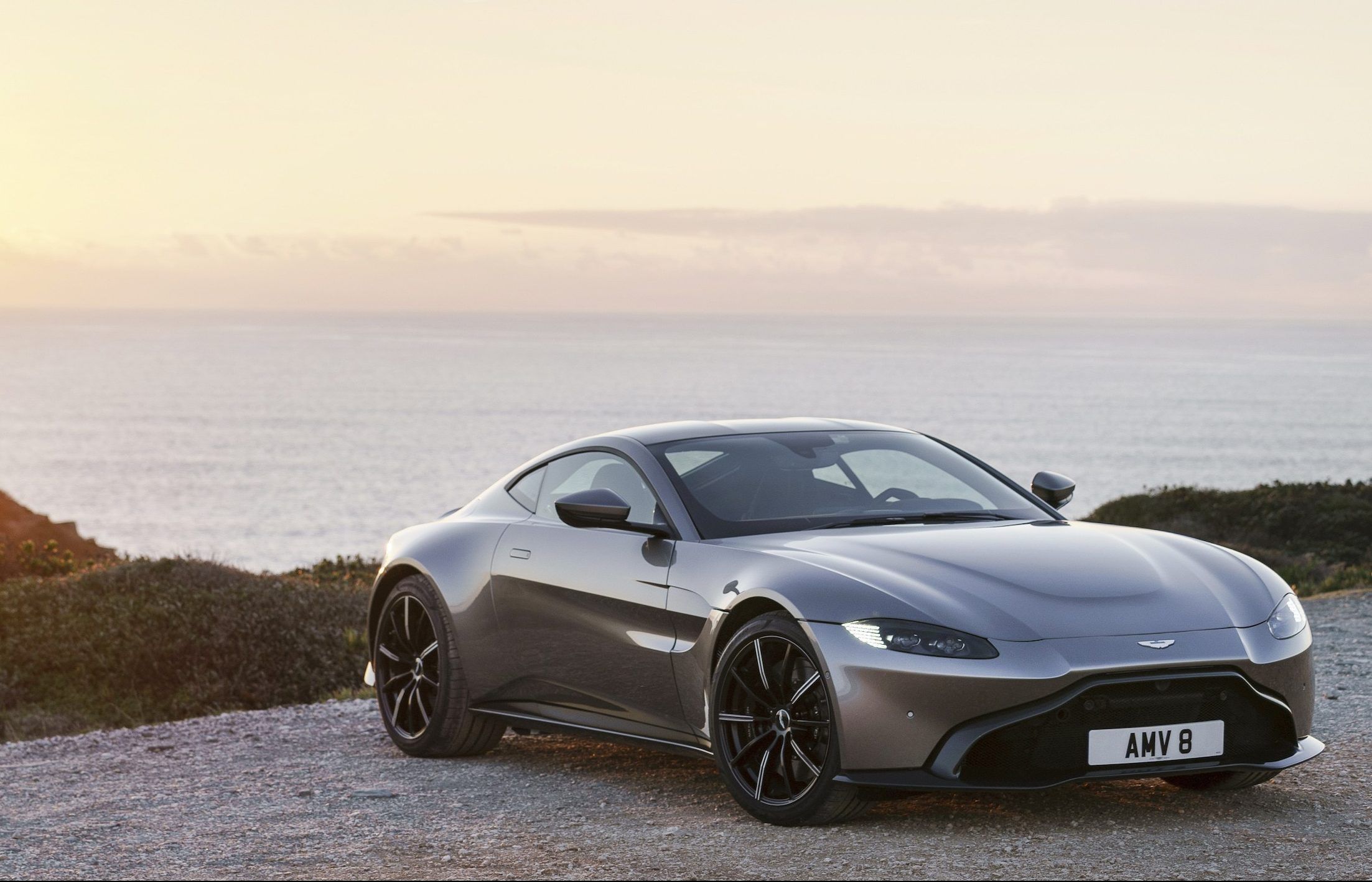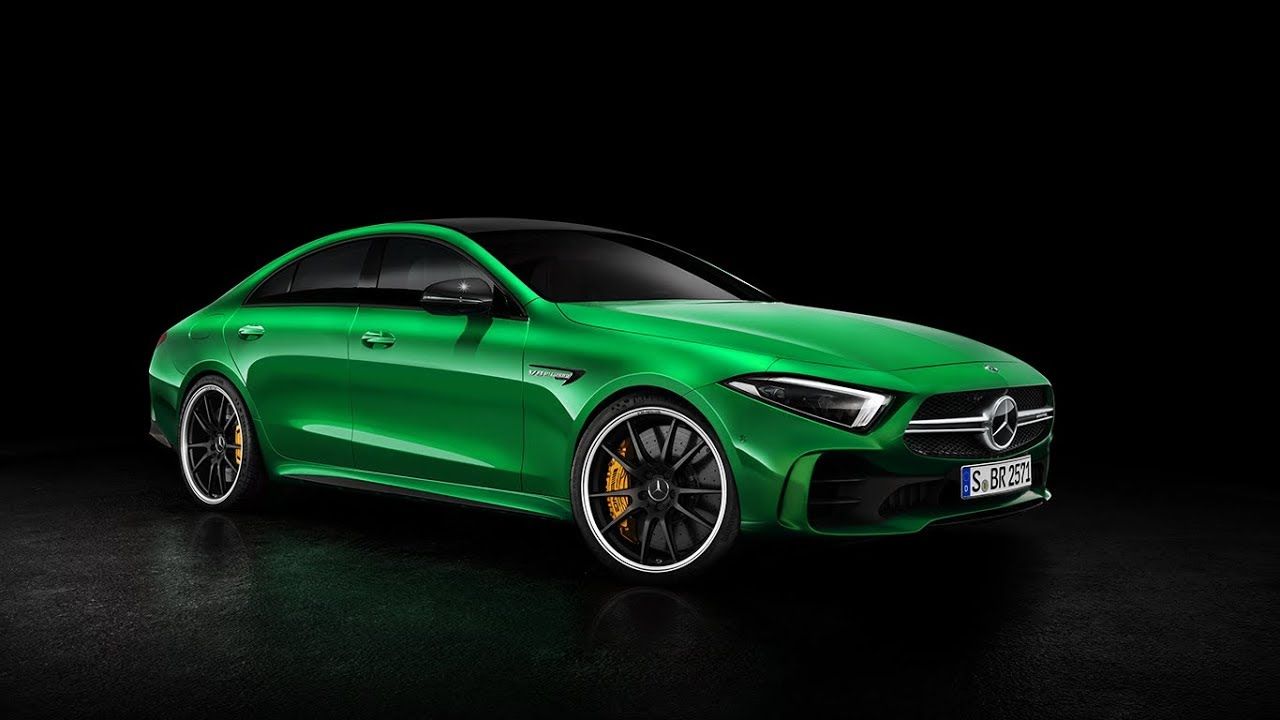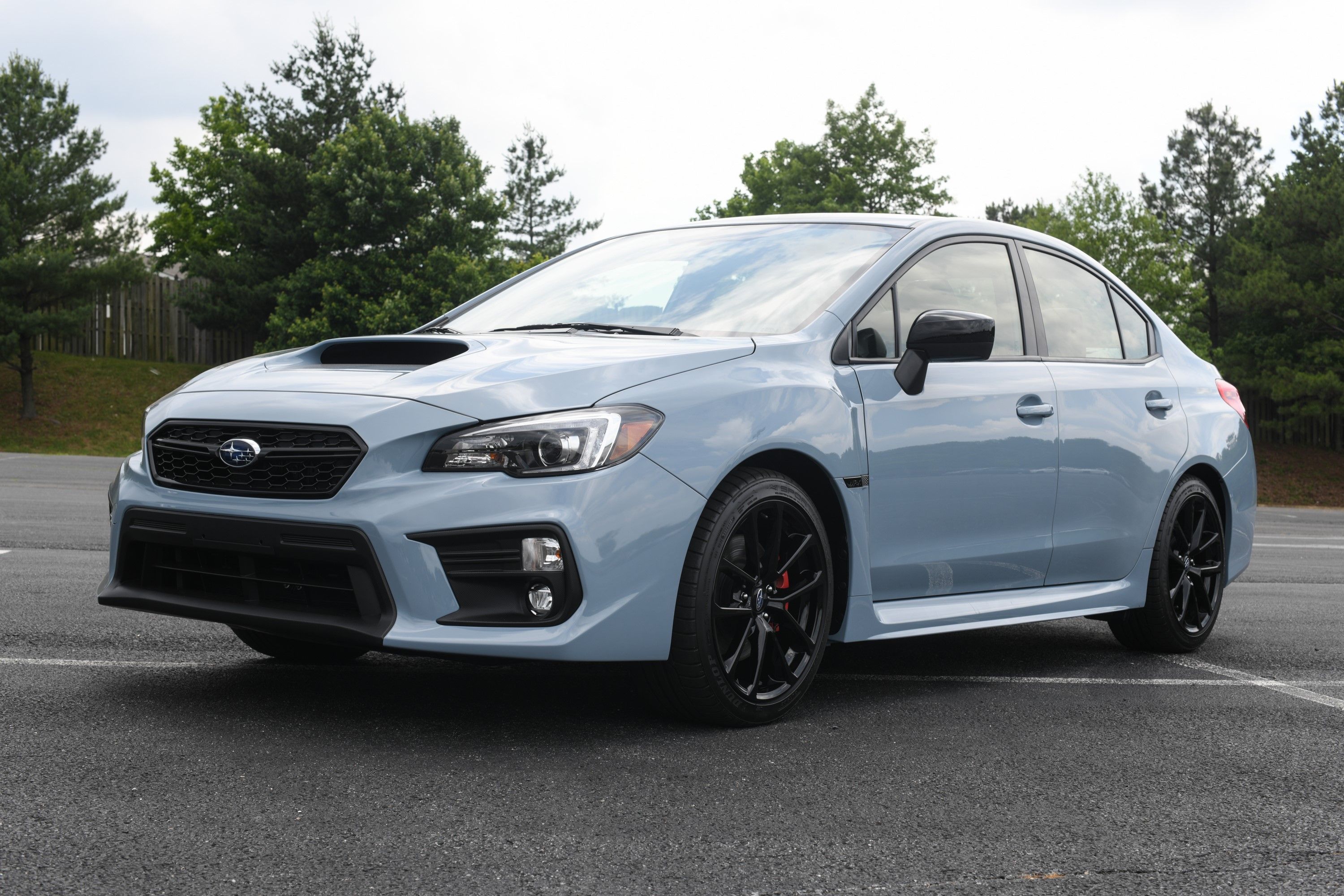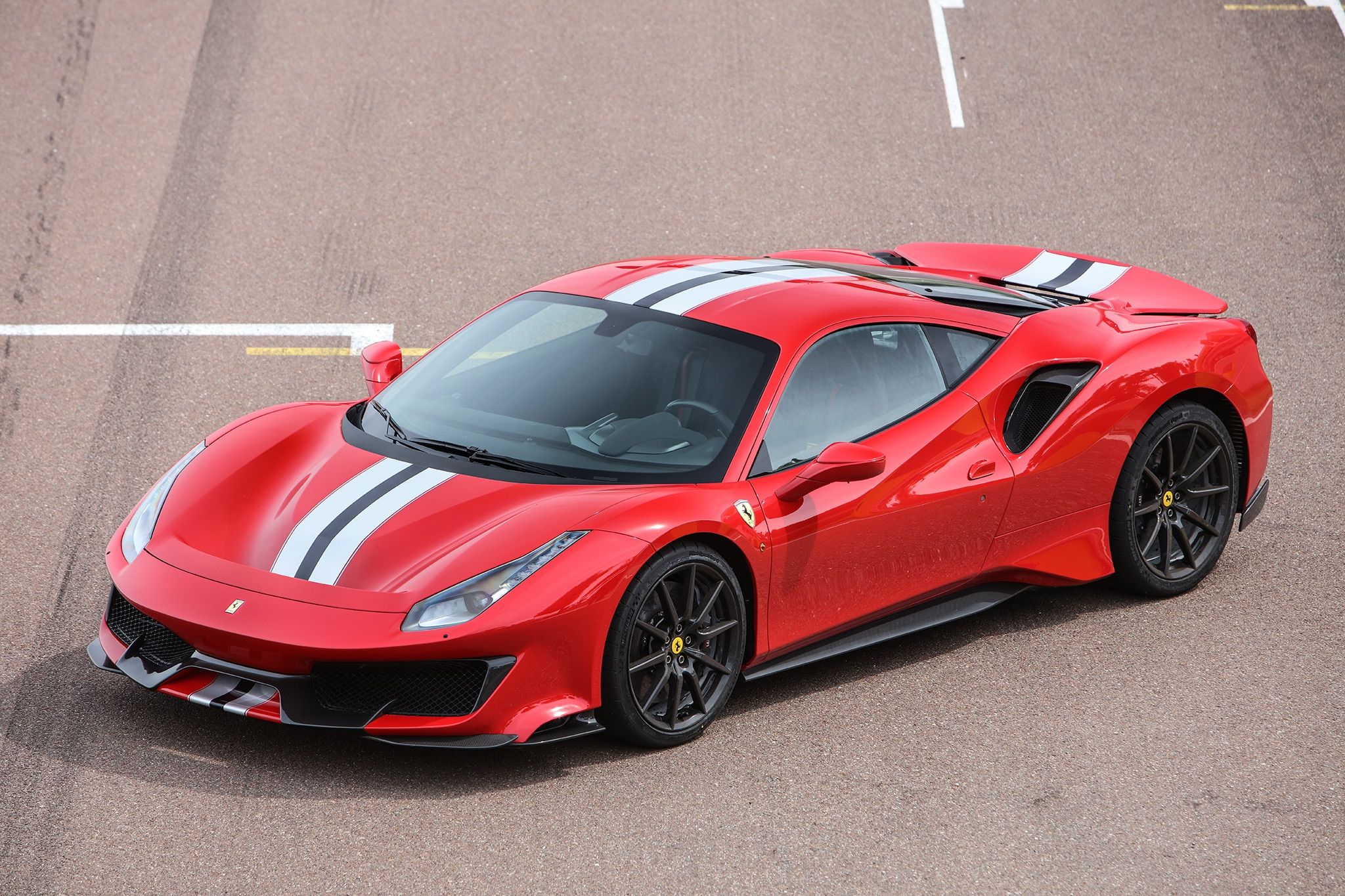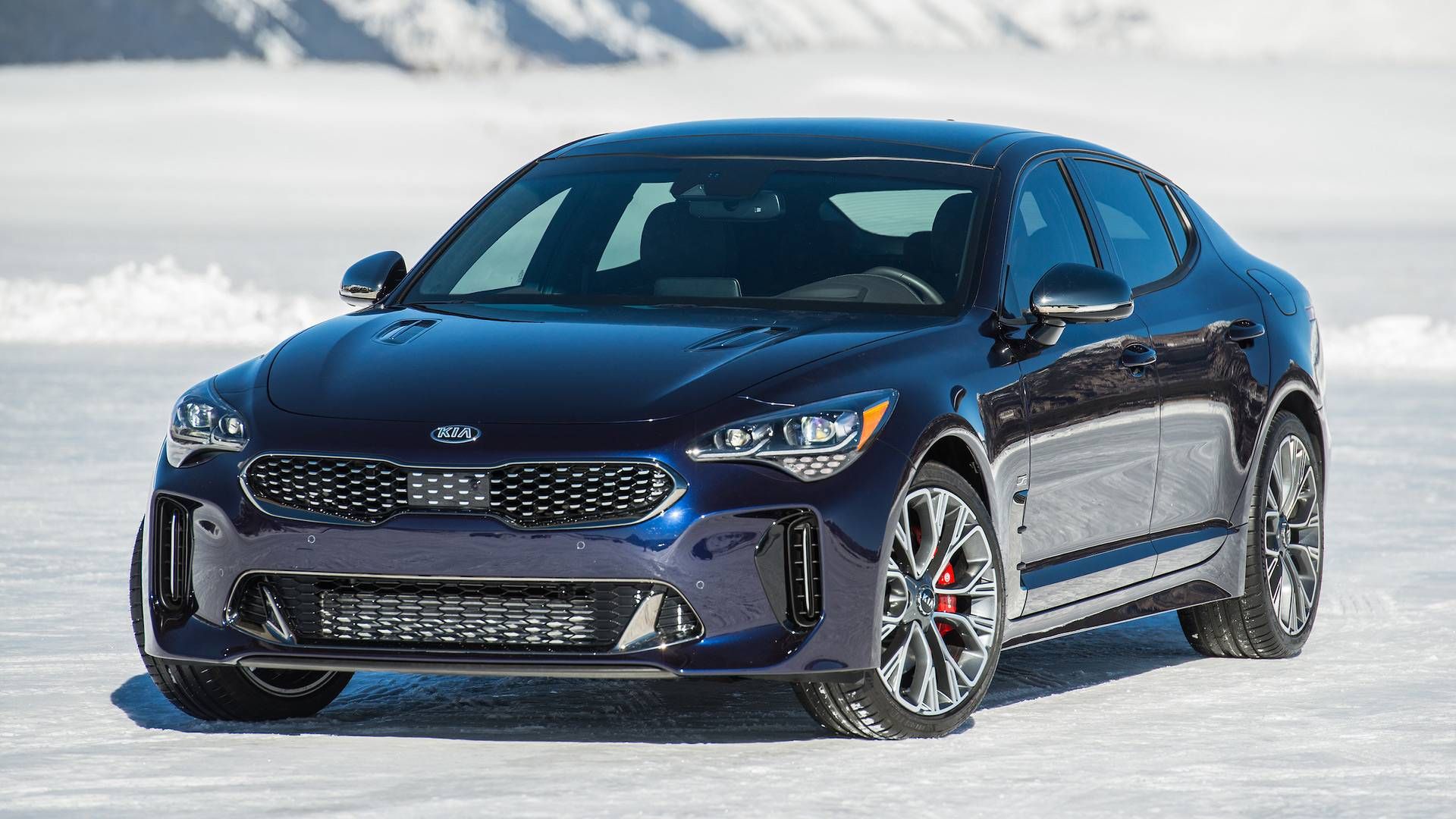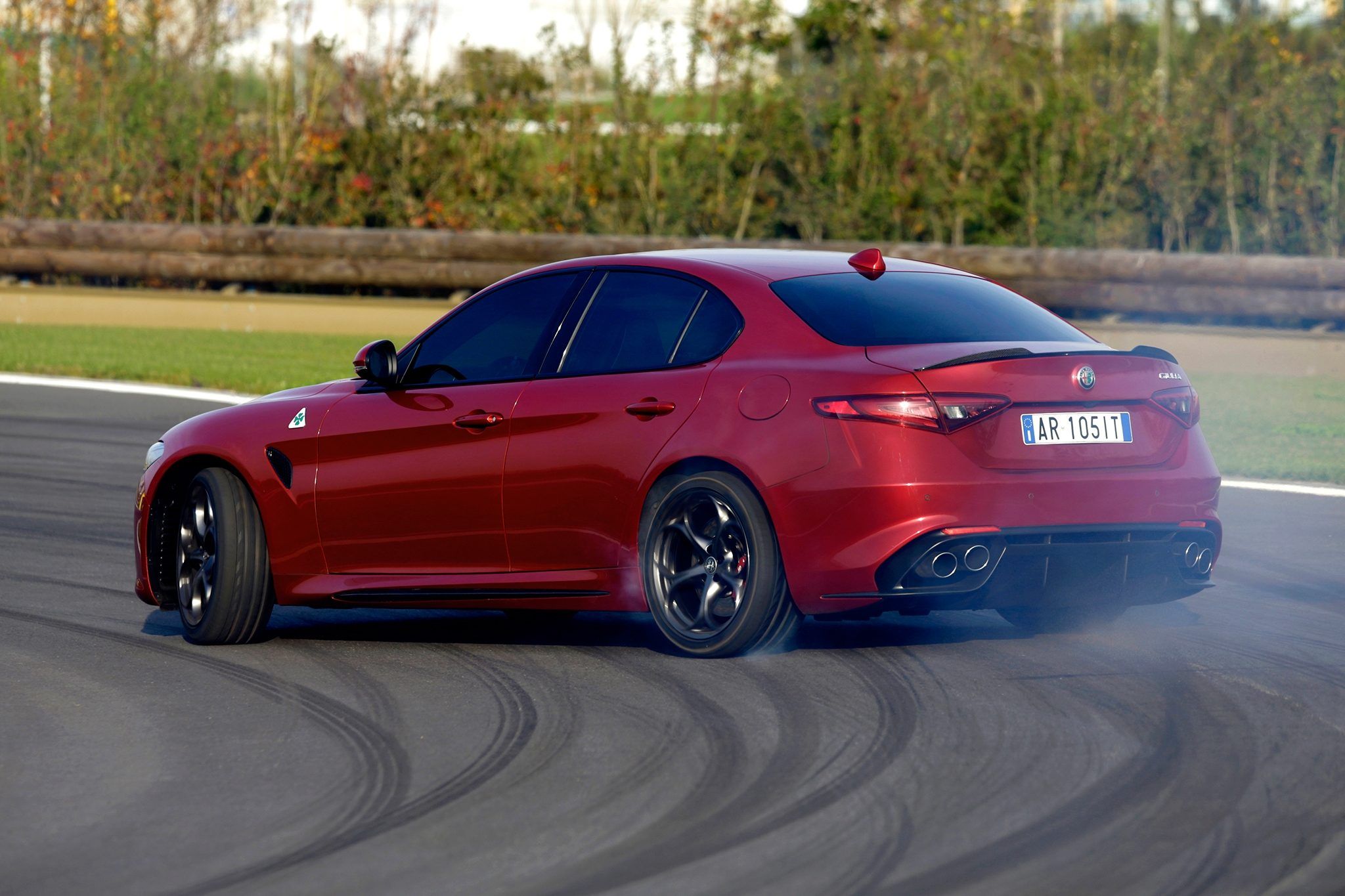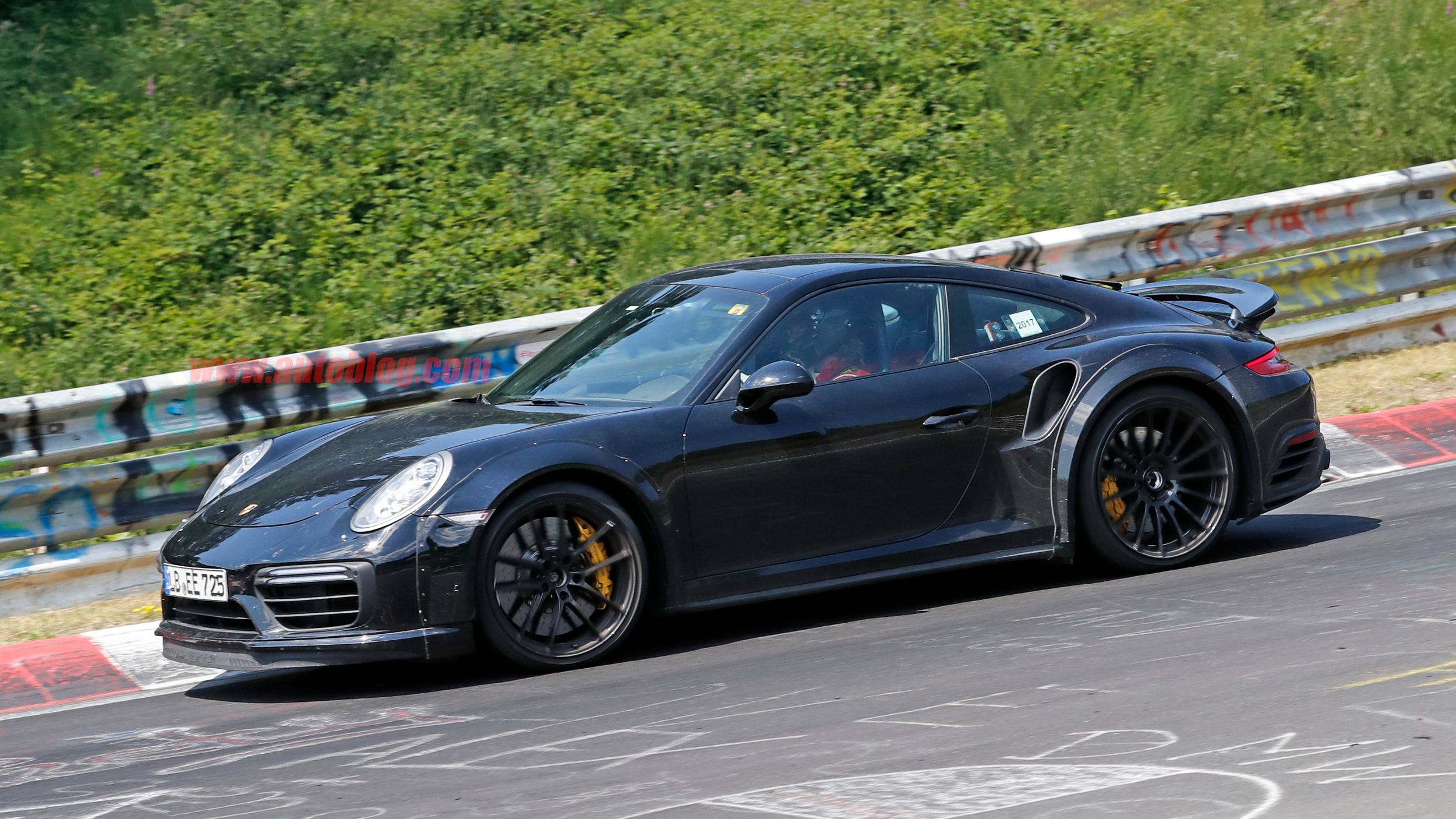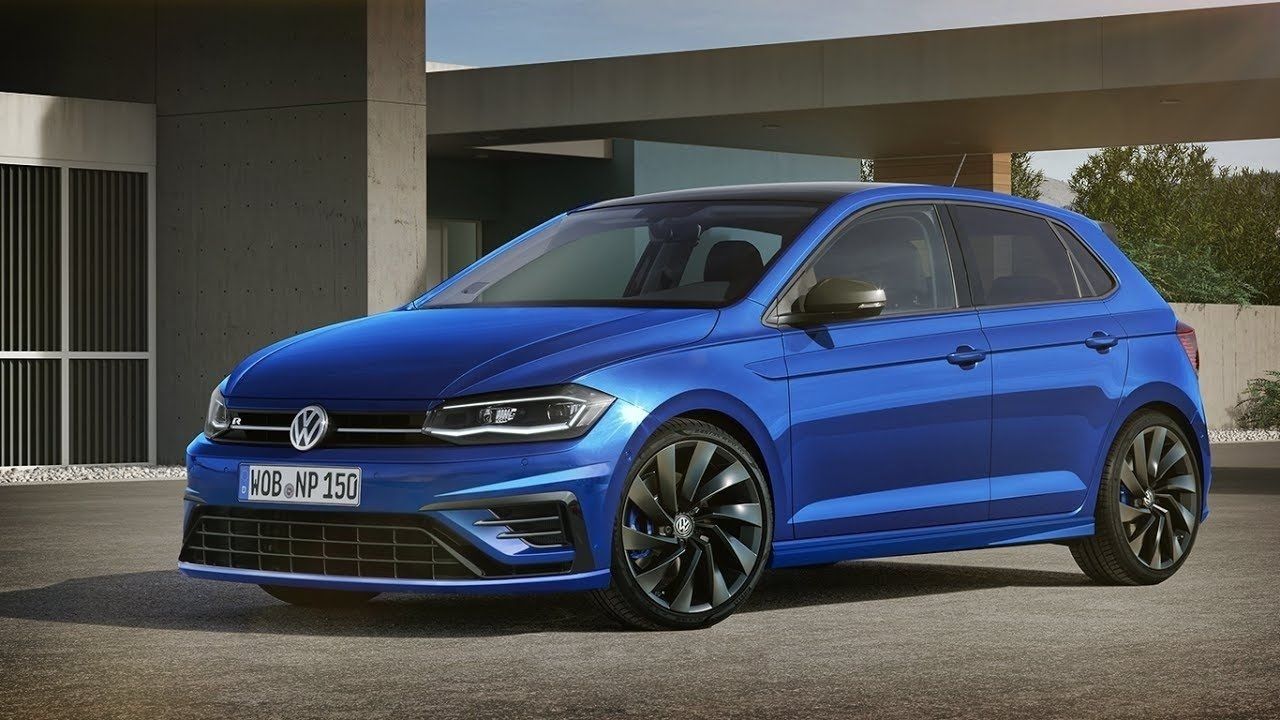The first turbocharged cars hit the domestic market in 1962 when General Motors released the Oldsmobile Jetfire and the Chevrolet Corvair Monza Spider. Both models ended up dropping their turbo variants the very next year, due to the reliability factors that had delayed the widespread adoption of the technology up to that point. But at least GM gave the turbo a chance.
Turbo- and supercharging employ similar methods of forcing denser air into an engine's cylinders, enabling more oxygen molecules to combust alongside similar levels of fuel when compared to a normally aspirated engine. The resultant boost in power corresponds to increased fuel efficiency, but the strain on engine mechanicals, the increased complexity of engine bay layouts, and expensive development processes mean that it took more than a century to perfect forced induction methods. In fact, the first car ever to drive with a supercharger was all the way back in 1878.
Today's turbocharged engines range from the cheapest commuter cars to the world's premier supercars (think of the twin-turbo Koenigsegg Agera RS or the insanity of the quad-turbo W16 powering Bugatti's Veyron and Chiron). Anyone who has driven a car with a turbo under the hood knows the sensation of being slammed back into the seat (however weakly or strongly it may have been) when the turbo kicks in, so it's no surprise cars trying to set land speed records employ turbos.
But not every company makes reliable turbos, and not every reliable turbo is affordable. Keep scrolling for the 10 best turbocharged cars that will hit the streets for 2019, and 10 to avoid at all costs.
20 Avoid: Fiat 500L
When the Fiat 500C made its debut on these shores, its combination of cute looks and a peppy little turbocharged engine made for a popular product. The electric drive Fiat 500e ups the ante with more low-end torque and a lower center of gravity, but has borderline abysmal range and even less interior space than the gasoline version.
Fiat tried to get into the minivan and crossover markets with the 500L and 500X variants, but after years of struggling to sell the bulbous, slow 500L a redesign was in order.
Still, just adding a slightly different body kit to the 500L won't save it, as its turbocharged engine and odd overall styling still fail to impress.
19 Avoid: Hyundai Veloster N
The strange Hyundai Veloster put a new emphasis on sportiness that had been missing from the Korean manufacturer's lineup of affordable commuter cars when it debuted in 2011. But when the second generation debuts for 2019, very little will have changed to differentiate the new product from old. Even a Turbo R-Spec and Veloster N with 1.6- and 2.0-liter turbocharged engines still powers only the front wheels of the nose-heavy hatchback, and more aggressive styling only serves to highlight the car's lack of actual performance abilities. At the very least, the price is low, but Hyundai would have been better served starting from scratch for the 2019 model year.
18 Avoid: Nissan Altima
Nissan used to release distinctively styled, sporty, and affordable drivers' cars in the domestic market - highlighted by the Z line of normally aspirated inline-six powered coupes and the Skyline-inspired GT-R.
But Nissan's marketing team has clearly directed the Japanese manufacturer to trend towards bland, efficient commuter cars (even though the 370Z and GT-R live on, for now).
The 2019 Altima sedan will receive all-wheel drive for the first time in the model's history, but that drivetrain is only available on a normally aspirated 2.5-liter inline four. Why Nissan chose to skip all-wheel drive on the turbocharged Altima will remain a mystery, but the fact remains that the highest-spec version will suffer from a natural tendency towards understeer.
17 Avoid: Honda Civic
The current generation of Honda Civic is available in a mind-boggling number of trims, drivetrain configurations, and exterior styles - but it's the exterior styling that has left much of the automotive world scratching their heads. The Honda Civic helped establish Japanese automotive products as simple, affordable, and reliable commuters in stark contrast to the struggling domestic offerings coming out of Detroit in the 1980s and 90s. But today's Civic tacks on so many unnecessary venting, so much cladding, and is simultaneously much larger than previous generations. Especially in Type R trim, the Civic looks entirely too radical despite its 306-horsepower turbocharged four cylinder, which powers only the front wheels.
16 Avoid: Chevrolet Cruze
Chevrolet has delved further into the hatchback category, modifying the Cruze into a five-door in addition to the tiny Spark.
But simply adding more trunk space to a boring commuter car, with a slightly more aggressive front end design, isn't liable to fool the general public into thinking the Cruze is a hot hatch.
With motivation coming by way of a 1.4-liter turbocharged four cylinder engine, and even the six speed manual transmission being removed from the options list, the Cruze is tailored specifically for drivers who need to get from Point A to Point B and have no hope of finding pleasure in the journey.
15 Avoid: Hyundai Elantra Eco
Hyundai isn't known for making major revisions to their extant models very often. To their credit, the Korean manufacturer is more likely to shelve a product and introduce a new one than try to bank on name recognition. And the 2019 Elantra is no different, with ever-so-subtle exterior changes barely recognizable from afar the same 1.4-liter turbo four under the hood providing a dismal, and borderline dangerous, 128 horsepower and 156 lb-ft of torque. In any situation outside of city driving, be it canyon curves of steep inclines, the Elantra is sure to raise the hairs on drivers' necks out of sheer realization that if anything goes wrong, the car has neither the power nor the agility to inspire confidence.
14 Avoid: Jeep Renegade
Jeep has maintained a long history of brand definition thanks to models like the Wrangler, Cherokee, and Grand Cherokee - all of which are capable, utilitarian, and simple SUVs with identifiable exteriors and reasonable price tags.
But in the last few years, Jeep has tried to branch out with the modification of the Cherokee into a minivan-inspired crossover, and the addition of lower-end models like the Patriot, Compass, and Renegade.
Sure, the Renegade's name might suggest some sort of freedom, but even its highest spec Trailhawk trim seems more about that distinctive front end than actual performance offline. Its 1.4-liter turbo at the lower end only makes 160 horses, and is shared with equally unimpressive Fiat vehicles.
13 Avoid: Mini Cooper
When the newer, BMW-owned version of the Mini Cooper hit the streets in 2001, it brought reasonable performance paired to cute looks which made the little hatch an instant hit in the States. But over the years, despite even impressive special editions out of John Cooper Works, the Mini Cooper has taken a reputation hit strongly due to its high maintenance costs, low reliability, and front-wheel drive layout powered by an engine co-developed with Chryslers. Mechanics have taken to calling the model the "Money Cooper" because they've proven so hard on owners wallets, and strange editions like the Clubman and convertible haven't helped create a distinct market share.
12 Avoid: Porsche 718 Boxster
A series of lightweight flat-sixes motivated the Boxster until 2017, when Porsche opted for even lighter weight, improved efficiency, and the low-end torque of a turbocharged four-cylinder.
But the Boxster's history, along with the economically-oriented 912, 914, and 944 models, was all about driver enjoyment.
And though it seems odd to criticize a Porsche of any kind in any way, even with another couple years of improvement between 2017 and 2019, there's just something that seems wrong about a modern P-car with a turbo four powering it - even the 718 Boxster's sound just hits the ears wrong as it burbles and blips between gears.
11 Avoid: Ford Fiesta
Ford's Fiesta is a cute little sibling to the Focus, one of the world's most impressively powerful turbocharged hot hatches for its price. But despite the Fiesta's looks, which have stayed away from the trend of excessively swooping lines, under the hood, even in ST trim, a weak powertrain sends all of its energy only to the front wheels. The forthcoming year of Fiestas could very well prove to be its last, as Ford plans to focus mainly on crossovers, trucks, and the Mustang in the future, and potential buyers should probably try to avoid arriving late to a lackadaisical party that's clearly nearing its end.
10 Audi RS3
Domestic drivers finally got to experience the Audi RS3 after years of only receiving the S3 as Audi's top-end small sedan but in Europe, the RS3 is a storied model line, even coming in hatchback form.
For the United States market, the revelation of Audi's legendary turbocharged inline five engine brings back fantasies of the original Ur-Quattro and Audi's rally-bred all-wheel drive.
For 2019, the RS3 should continue to churn out 395 horsepower and 354 lb-ft of torque, with the latter available way down at 1,700 RPM. Audi's design language has tended towards more angular venting and cladding, but it's truly the drivetrain that makes the little car so potent.
9 BMW M850i
BMW heard the industry-wide complaints that have surrounded most of the German manufacturer's products for almost the last decade, and the new 8 Series seems poised to represent a return to form. Where so many 3 Series, 4 Series, and all the various X models have tended towards numb driving feel, cramped interiors, and efficient but underwhelming engines, the 2019 M850i has much more rigid suspension (including active sway bars, even), a long and low profile, and a twin-turbo V8 cranking 530 horses to all four wheels. Resurrecting the 8 Series after so long has allowed BMW to reverse the errors of its first generation, and should help right the brand's performance-minded ship for years to come.
8 Aston Martin V8 Vantage
It wasn't too long ago that Aston Martin seemed to lag behind the industry as a whole, refusing to go start down the route of forced induction, but times have sure changed.
Their newest V8 Vantage, set for a 2019 model year release, features an AMG-sourced, twin-turbocharged 4.0-liter V8 with up to 503 horsepower and 505 lb-ft of torque on tap.
Throw in a rear-mounted eight-speed transaxle to improve weight distribution, and the new Vantage's stunning exterior should be equally matched by its sumptuous interior and impressive performance. A seven-speed manual has even been promised for later release, representing a sporting shift in Aston Martin's ethos that goes against the grain of so many other luxurious manufacturers.
7 Mercedes-Benz CLS 63 AMG S 4Matic
Mercedes-Benz may have started the trend towards sportback sedans when they released the swooping CLS model back in 2003. After the radical success of Audi's copycat RS7 many years later, Benz has clearly set their minds to retaking some of their former glory with the all-new for 2019 CLS 63 AMG S 4Matic. Its name is almost as long as the car itself, and with a 5.5-liter V8 paired to twin-turbochargers and sending 577 horsepower and 590 lb-ft of torque to all four wheels, Audi will undoubtedly be planning some serious upgrades to the RS7 in the coming years.
6 Subaru WRX
The Subaru WRX has always featured one of the world's most enduring line of turbocharged engines that always offers plenty of power, torque, and fun at an affordable entry price.
Subaru even maintains a commitment to the manual transmission and clutch pedal, a boon for would-be racers who just can't wait to modify their lightweight all-wheel drive sedans.
For 2019, Subaru hasn't changed a whole lot about the WRX other than a series of limited-edition color schemes - but when a recipe is as successful as the WRX has been for more than two decades, why change it? (Although the industry as a whole waits to see how the STI will evolve in the coming years.)
5 Ferrari 488 Pista
From the lowliest commuters to the world's most impressive sports cars, even twin-turbo setups have become common. But when Ferrari adds a twin-turbo V8 mounted amidships in a sports car with excessive carbon fiber construction, a seven-speed transmission that can shift in as little as 30 milliseconds, and enormous aero upgrades providing massive downforce, the result is going to be a car that can keep up with just about anything else on the road. Of course, the 488 Pista's price tag will keep most drivers from even getting to see one, but for those with enough funds to play, the car should prove wildly entertaining.
4 Kia Stinger GT
Kia has made strong inroads into the domestic automotive market thanks to incredibly affordable cars with simple yet solid designs and one of the world's best warranty programs.
But for years, no one thought of Kia as a performance-oriented brand, at least until rumors of the Stinger GT began circulating on the web.
The Stinger is here, and its low entry price per unit driving fun sounds unlikely to be matched by many sports sedans on the market. Under the hood, a 365-horsepower, turbocharged V6 sends power to the rear wheels, while the option to deactivate traction control allows for plenty of drifts and burnouts.
3 Alfa Romeo Giulia Quadrifoglio
Alfa Romeo's return to the domestic market has been fairly successful so far, with the lightweight, tossable 4C coupe and the Giulia Quadrifoglio sedan both demonstrating the brand's commitment to fun driving characteristics. In the Quadrifoglio, a 505-horsepower, twin-turbocharged V6 engine built with input from Ferrari sends power to the rear wheels, while the exterior features just enough venting, swooping, and aggression to reveal the sedan's sporty intentions. For 2019, rumors have circled that Alfa Romeo might unveil a Quadrifoglio coupe to replace the outgoing mid-engined 4C, but in the meantime, potential buyers can rest assured the Quadrifoglio will check all the right boxes.
2 Porsche 911 Turbo S
When Porsche tacked a turbocharger onto their air-cooled 911 chassis, the resulting power proved almost too potent for a rear-engine, rear-wheel drive layout to handle. As a result, ever since the rally-bred 959, Porsche's lineup of Turbos (whether air- or water-cooled) have utilized all-wheel drive to allow for confident driving up to the insane limits of their evolving yet always torquey flat-sixes. Porsche's next generation, the 992, will debut for 2019, and a Turbo S variant should push the limit even further than 2018's maxed out 607-horsepower monsters. For those who want to truly track their cars, the GT2 variant will remove the front drive axles for downright terrifying, tail-swinging laps.
1 Volkswagen Golf R
Volkswagen's Golf has long been one of the world's best selling hatchbacks, and in all its many iterations over the years has allowed for fun, affordable driving combined with plenty of utility. These days, the range-topping Golf R packs a 292-horsepower punch thanks to a 2.0-liter turbo four shared with the Audi S3.
A six-speed manual is even available to complement the R's Haldex-derived all-wheel drive system.
New for 2019, international markets will receive the Golf R Variant - a tuned up version of the Golf SportWagen offering even more interior space for gear, groceries, and pets that should help bridge a gap in the marketplace above VW's current price point but below the cost of sister company Audi's luxury.
Sources: caranddriver.com, wikipedia.org, and jalopnik.com.

